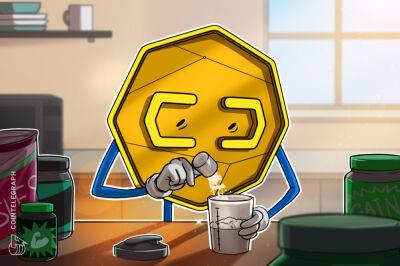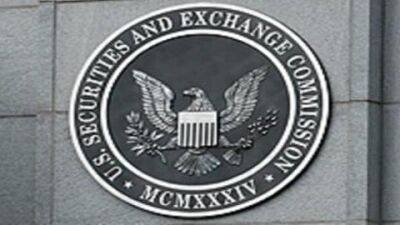Green finance needs voluntary carbon markets that work
The United Nations Climate Change Conference, known as COP26, in Glasgow, Scotland catalyzed a commitment to carbon neutrality, achieving net-zero carbon emissions, requiring reducing emissions as much as possible, and balancing the remaining emissions with the purchase of carbon credits.
A carbon credit reduces, avoids or removes carbon emissions in one place to compensate for unavoidable emissions somewhere else through certified green-energy projects. Carbon credits represent one ton in carbon emission reduction. They are 1) Avoidance or reduction projects — e.g., renewable energy (wind, solar, hydro, biogas) — and 2) Removal or sequestration — e.g., reforestation and direct carbon capture, which are aimed at the voluntary carbon market (VCM). Carbon credits can be resold multiple times until it has been retired by the end-user who wants to claim the offset’s impact. Carbon credits can also have co-benefits, such as job creation, water conservation, flood prevention and preservation of biodiversity.
Carbon registries store the carbon credits issued by third-party independent and internationally certified auditors or verifiers, in accordance with independent standards. Serial-numbered credits are issued by the verifiers, and the offset reduction claim gets converted to carbon credits that can be traded or retired. Carbon markets turn CO2 emissions into a commodity or tradable environmental asset by giving it a price.
Related: UN’s COP26 climate change goals include emerging tech and carbon taxes
In the compliance market, carbon allowances are traded. There are currently 64 compliance markets in the world, and pricing is determined by the emitters and polluters. The European Union carbon market or Emissions Trading System
Read more on cointelegraph.com
















